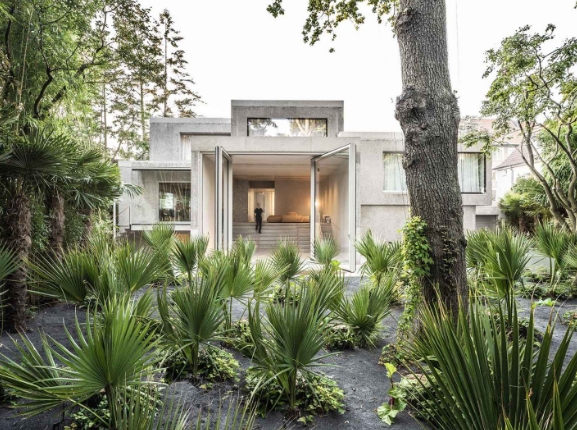Embracing the Gray: The Bold Impact of Brutalist Landscape Architecture
Brutalist landscape architecture may not be everyone’s cup of tea, but there’s no denying its bold impact on the urban environment. Characterized by its use of raw concrete, geometric shapes, and minimalistic design elements, brutalism has been making a comeback in recent years.
Redefining Urban Spaces
One of the key features of brutalist landscape architecture is its ability to redefine urban spaces. By using stark concrete structures and sharp angles, brutalist designs can transform bland or forgotten areas into eye-catching and thought-provoking landscapes. These structures often create a sense of monumentality and permanence, which can be especially striking in urban settings.
Challenging Traditional Aesthetics
Brutalist landscape architecture challenges traditional notions of beauty and aesthetics. Instead of relying on ornate details or lush greenery, brutalist designs embrace the raw and unadorned qualities of concrete. This stripped-down approach can be a refreshing departure from more conventional landscaping styles, creating a sense of drama and intensity in the built environment.
Creating a Sense of Place
Perhaps the most compelling aspect of brutalist landscape architecture is its ability to create a strong sense of place. These structures often become iconic landmarks in the urban landscape, serving as focal points for public gatherings, events, or simply as places of contemplation. The sheer presence of brutalist designs can evoke a range of emotions and reactions, making them powerful tools for urban placemaking.
Embracing the Gray
While brutalist landscape architecture may be divisive, there’s no denying its impact on the urban environment. By embracing the stark beauty of concrete and bold design choices, brutalist landscapes challenge traditional aesthetics and redefine urban spaces. Whether you love it or hate it, brutalism demands attention and sparks conversation – and that’s what makes it so powerful.

